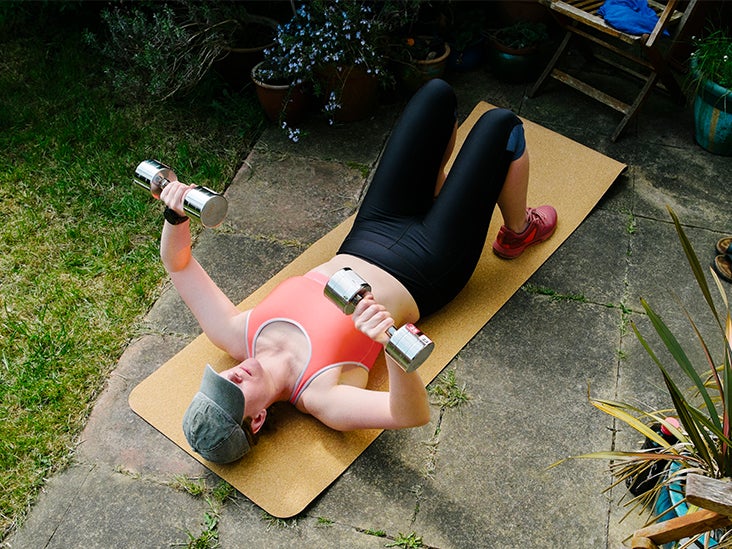

They systematically assess the quality of studies and use methods which limit bias. These are considered to be the highest level of evidence within research designs. Typically, when analysing the results of a wide body of research, experts use a systematic review or meta-analysis. This review also has its own limitations. This makes it hard to know how effectively HIIT would actually work as an exercise strategy in the real world. Most studies have been conducted in laboratory settings. There are some limitations of research into HIIT. This in turn leads to improvements in fitness, metabolic function, and health. HIIT workouts deplete muscle glycogen at such a rate that the body increases the number and activity of mitochondria (powerhouses of cells) in our muscles to allow us to meet the energy demands of exercise. Muscle glycogen is an important fuel reserve – so our body tries to replenish it as a priority. Regardless of the type of HIIT, it’s thought the health improvements are caused by the rate – rather than the amount – at which skeletal muscle glycogen (carbohydrates stored by the body for energy) is used. It may also be good for people who are inactive or have long-term health conditions. My own research suggests that low-volume exercise interventions can be used without feeling overly difficult or unpleasant, which is important for motivating people to continue an exercise regime. Short workouts may also be easier to stick to in the long term. Low-volume HIIT has the potential to be more time-efficient while offering similar or greater improvements in health outcomes as longer workouts.

Yet, lack of time is often cited as the main barrier to exercise for many people. Current guidelines from the World Health Organization recommend adults perform 150-300 minutes of moderate-intensity exercise or 75-150 minutes of vigorous exercise a week. These results show that even a short workout can improve health. Even moderate improvements to heart health have been shown to reduce adverse cardiovascular events such as heart attack and stroke by as much as 30%. The fact that this review has shown low-volume HIIT also improves cardiorespiratory fitness is significant. These benefits were true for people without underlying health conditions, as well as for those with heart failure (where the heart is unable to pump blood around the body properly because it has become too weak or stiff). This increases the volume of blood the heart can pump to the rest of the body each heartbeat. Low-volume HIIT was also shown to improve the heart’s structure – such as chamber enlargement. They also found that supervised HIIT in healthy people and people living with obesity and type 2 diabetes is safe. Overall, they found that low-volume HIIT improved a person’s capacity to burn fuel (such as carbohydrate and fat), which is directly related to blood sugar control – and may be important in preventing diseases, such as type 2 diabetes. They defined low-volume HIIT as exercise in which the total time spent in active intervals (not including rest periods) was less than 15 minutes. Topical reviews provide an up-to-date overview of the latest information in a particular field or area of research that’s developing rapidly. The researchers of this study performed a topical review of current evidence on low-volume HIIT and its benefits for heart health. Different categories of HIIT exist depending on the intensity of exercise required. This is then repeated throughout the exercise session with the total time spent at high-intensity typically low. For example, this might include cycling at an easy pace for a few minutes before increasing effort to a high or even maximal level for a short period of time before returning to an easy pace. HIIT is characterised by alternating between low- and high-intensity intervals of exercise. That means low-volume HIIT could induce similar – or greater – improvements in cardiorespiratory fitness, blood sugar control, blood pressure and cardiac function compared to continuous aerobic exercise (such as a five-mile run). They don’t require as much time as a regular workout (some can take as little as 10 minutes), and research shows they improve fitness, lower blood pressure and help people better manage their blood sugar levels – which may aid in weight loss and prevent disease, such as type 2 diabetes.Īnd recently, a review has found that a form of HIIT workout called low-volume HIIT has benefits on cardiometabolic health. High-intensity interval training (HIIT) workouts have become popular in recent years for a number of reasons.


 0 kommentar(er)
0 kommentar(er)
